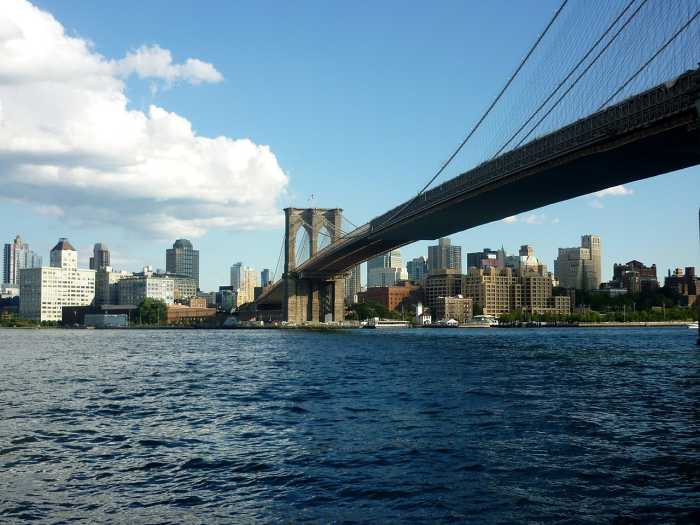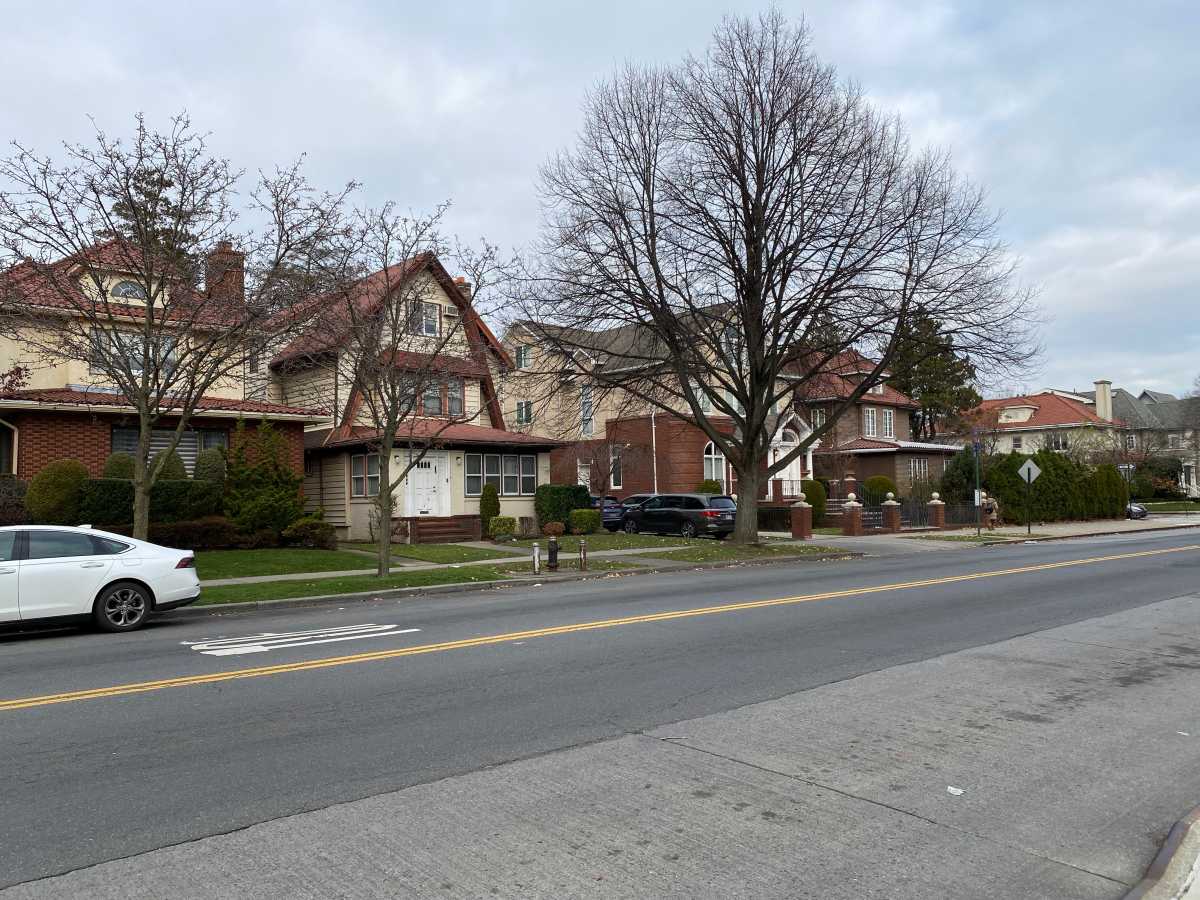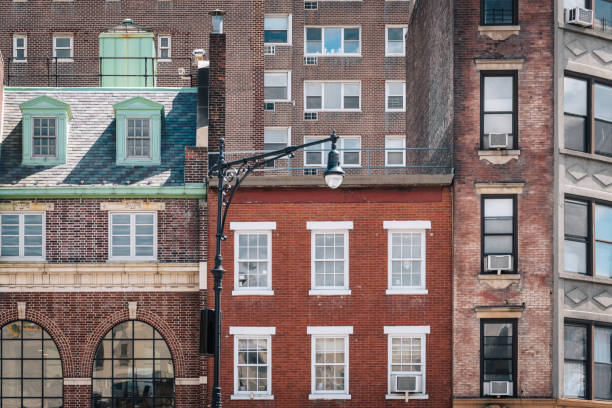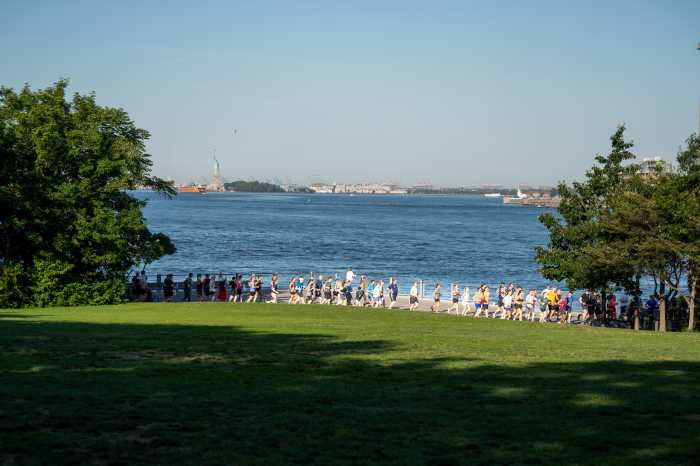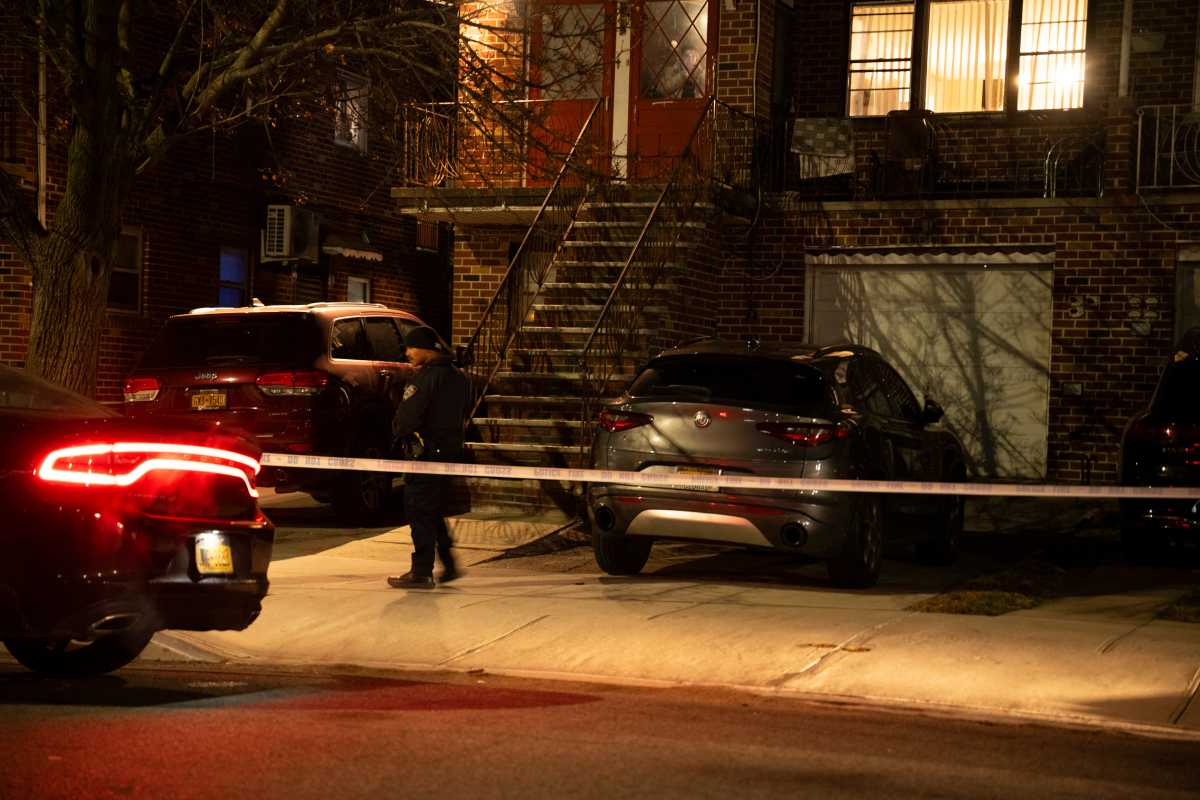Bruce Ratner’s controversial Atlantic Yards project — which envisioned 16 skyscrapers, eight acres of open space, more than 2,250 units of below-market-rate housing, new top-of-the-line office space and a publicly financed basketball arena at the center — now consists of little more than the arena and two scaled-back residential buildings, the developer told the New York Times today.
In the bombshell story, Ratner blamed the downturn in the economy for killing virtually all of his $4-billion mega-development.
But the Times front-page article also included these shocking developments:
• The cost of the publicly financed arena, whose original pricetag was $435 million, but increased to $637 million last year, has now ballooned to $950 million.
It is unclear where the newly inflated figure comes from — the Times story merely stated it as an aside, “The developer did say he was confident about starting construction on a $950-million basketball arena for the Nets by the end of [2008]” — but if the cost of the area has indeed increased by such a large amount, it would have to be re-approved by the Public Authorities Control Board, an obscure state panel controlled by Gov. Paterson, Assembly Speaker Sheldon Silver (D–Manhattan) and Senate Majority Leader Joe Bruno (R–Rensselaer).
The panel approved the project in late December, 2006, though Silver later admitted that he voted “yes” without being shown key financial documents.
Under the current plan, Ratner’s arena would be built by New York state and city taxpayers, who would supposedly get their money back via tax revenue from the sales of tickets, food and souvenirs — though analysts have long questioned the economics of publicly financed arenas and stadiums.
• The proposed “Miss Brooklyn” skyscraper at the intersection of Flatbush and Atlantic avenues — a building Ratner and his architect Frank Gehry once wanted to be the tallest in Brooklyn — does not have an anchor tenant and will not be built, even in its scaled-back, 511-foot form.
“Until we get a tenant, we won’t start Miss Brooklyn,” Ratner told the Times.
It is very rare for developers to propose large towers without an anchor tenant, experts said. Ratner has been having so much trouble finding a main occupant for Miss Brooklyn that his company recently had Gehry write a solicitation letter inviting the city’s biggest corporations to move to Miss Brooklyn, the Times reported.
“Forest City’s approach was akin to cold-calling to solicit interest, a possible sign…that the developer was struggling to find tenants,” the newspaper stated.
• The rest of the project — including nearly a dozen residential buildings, plus an office building at the current P.C. Richards site on the southwest corner of Atlantic and Flatbush Avenues — is “put off for years,” Ratner said.
It is in those buildings where the majority of the below-market-rate rentals were to be.
If the Times article is accurate, Ratner has virtually eliminated all of the supposed “public benefits” touted by the Empire State Development Corporation when it approved the general project plan in late 2006:
• The “thousands of rental units for low-, moderate- and middle-income New Yorkers”? There are merely a few dozen under the scenario Ratner has now described.
“I’d hope that the first residential building will be done within six months of the opening of the arena, and a second one a year after that,” he said.
• The “eight acres of publicly accessible open space” are currently not slated to be built.
• “Eliminating the blight” of the area? By demolishing buildings and evicting tenants in areas where he now says he can’t afford to build, opponents say Ratner has actually created blight.
• A “comprehensive and cohesive” design by Frank Gehry? The Times story cast doubt on the notion of a Gehry mini-city.
“Given the current environment, some critics worry that Ratner will … sell off portions of the site to other developers who could use their own, less expensive designs,” the article said.
The public benefits of the project were cited repeatedly by boosters and government officials as a justification for the use of eminent domain to evict residents and hand over privately owned properties to Ratner.
Desite the evaporating public benefits, eminent domain would still be required to build the arena.
Ratner’s supporters in government and outside expended considerable political capital to support a controversial project — and on Friday, some said they were disappointed at what they read in the Times.
A spokesman for ACORN, the housing-advocacy group that supported the project on the basis of its “affordable housing” component, said the group would “push the developer to make good on his promises.”
Opponents of the project, many of whom have been saying it was too large and too ambitious from the start, saw some vindication in the Times story.
“The opening paragraphs of [the] article show that the Atlantic Yards project is shaping up to be the sham we have always said it would be,” Develop Don’t Destroy Brooklyn said in a statement. “To be very clear: a project that promised so much to the public, that appears now to be an arena (which only makes money for Bruce Ratner) and one tower (maybe), with very little ‘affordable housing’ at all, is a sham.”


